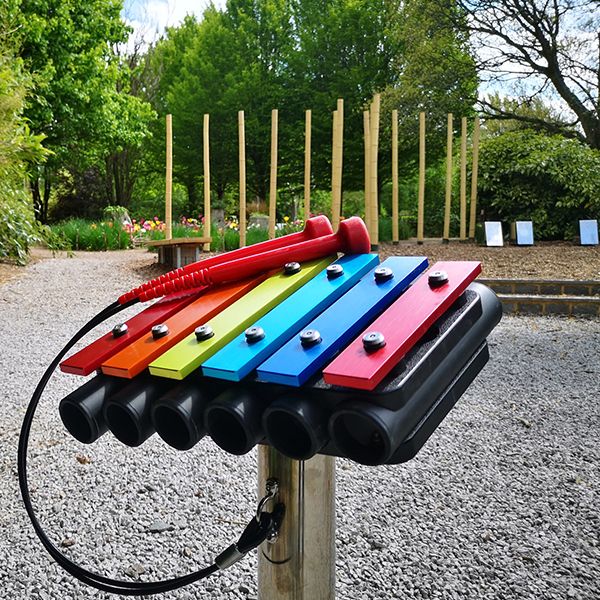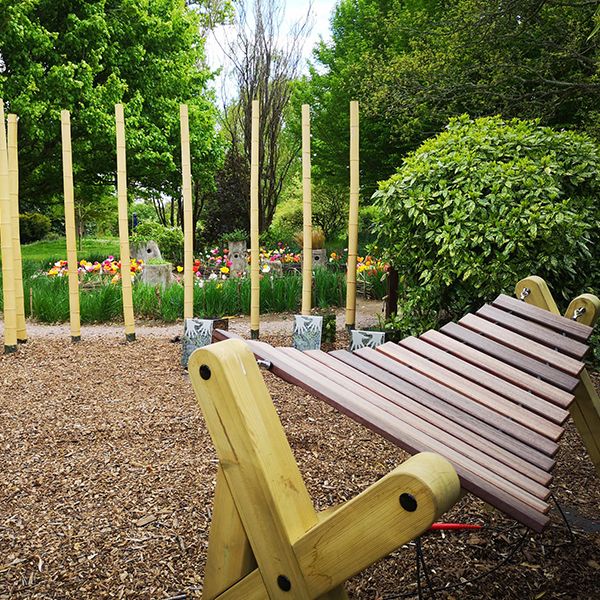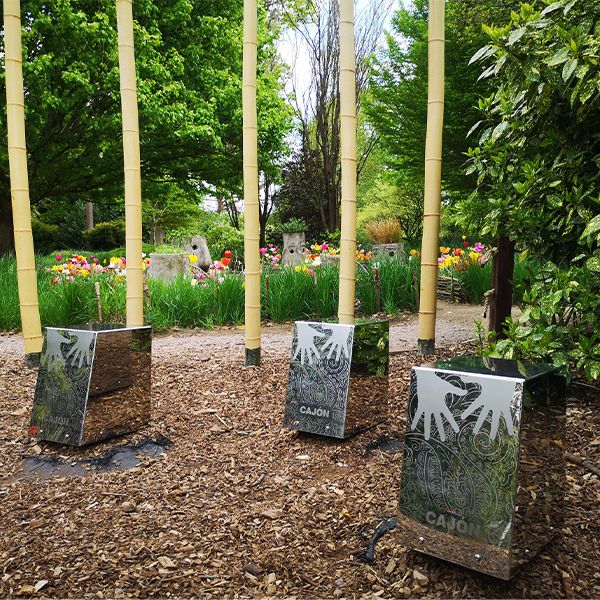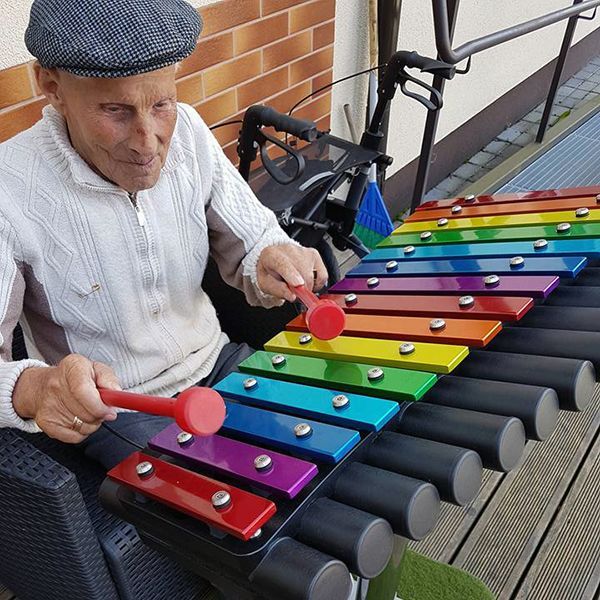Sir Harold Hillier Gardens Invite Guests to Make Music With No Boundaries
As a result of the pandemic, there has been a newfound appreciation for our outside spaces. We are seeing visitor attractions, parks, hospitals, and schools embrace the outdoors and incorporate music into their outdoor spaces. Sir Harold Hillier Gardens and Arboretum (SHHG) is one such attraction that today offers children the chance to discover, explore and learn about our natural world while creating music.
Set in 180 acres of naturally beautiful grounds in Hampshire, UK, and attracting over 320k visitors per year with its variety of different habitats, the formal and informal gardens include mindful walks and paths which take you away from the bustle and noise of people. Their mission is based on four pillars: Recreation, Education, Conservation, and Horticultural excellence. Its facilities include a specialized woodland site to stimulate forest or nature-play activities and an Education Garden for children to explore run by Carla Thomas-Buffin, the site's Education Officer.
One of Carla's aims was to encourage more families to visit through improved recreational opportunities. The team has made the gardens more interactive by making streams more accessible and encouraging children to create dens in the woodland. Today there is a wealth of activities families can engage in, including making music in the Education Garden.
When redesigning this garden area which had become overgrown, Carla was aware of the need to set up positive play interactions and make it fully inclusive with attractive instruments that could be played by everyone, from people using wheelchairs to people with learning disabilities. The team looked at the entire space, starting with drainage, slope, and the ground surface. They were keen to remove physical and mental barriers from people accessing the area. Hence, Carla involved the Occupational Therapy faculty from the University of Southampton and their “Design for Living” students. They commented on everything from the bright colors of the instruments to their heights and placement in the garden and helped shape the number and choice of instruments (and mallets) to install.
Sarah McGinley, Occupational Therapy Lecturer, and Admissions Tutor says, "Outdoor musical instruments are hugely beneficial for children and adults with disabilities as they provide opportunities to explore environments through touch, sight, sound, and vibration. Users can choose or be encouraged to interact with the instrument in meaningful ways, which may improve sensory stimulus, feedback, and response to the world around them.”
In the end, seeking a range of tones, the team installed the popular Emperor Chimes and added a set of three metal Cajon Drum Circle and the mellow-toned Akadinda. They also added the Rainbow Trio Ensemble made up of a trio of Rainbow Bongos, a small Rainbow Metallophone, and small Rainbow Chimes. Carla says, “Changes have resulted in a space to peacefully enjoy on a quiet day, yet multiple people can enjoy it at once. Some come initially to watch, but they soon join in, and their playing becomes part of something bigger. It’s great to see their excitement as their confidence grows as a result of such positive interaction.”



